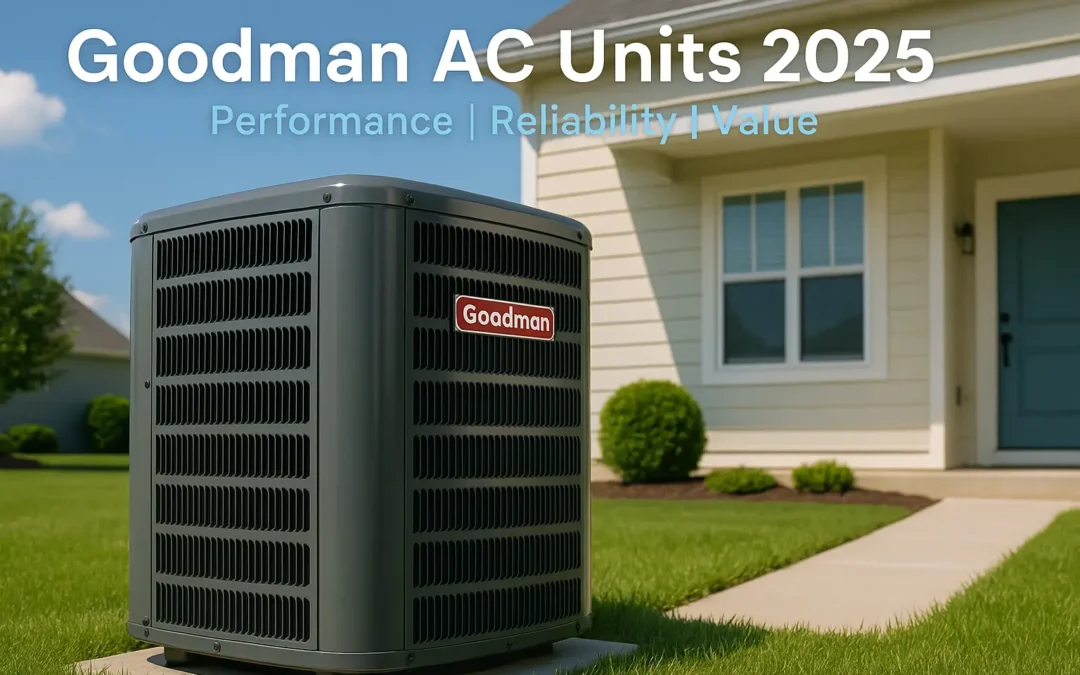
by Carlo Santos | Jun 20, 2025 | Blog
When it comes to choosing an air conditioning system, Goodman is a name that frequently tops the list. But are Goodman AC units truly worth your investment? This comprehensive 2025 guide dives deep into Goodman’s performance, reliability, and value, leveraging decades...
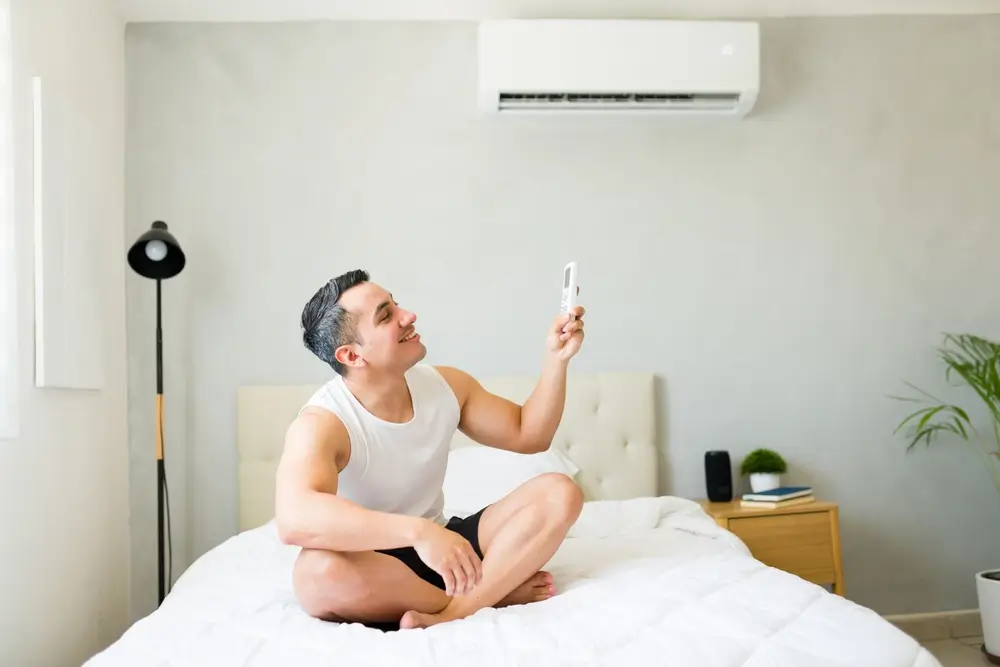
by Carlo Santos | Jun 19, 2025 | A/C Unit
Mitsubishi mini split systems have earned their reputation as the gold standard for ductless heating and cooling solutions. If you’re considering upgrading your home comfort system, understanding the true cost of a Mitsubishi mini split goes far beyond the...
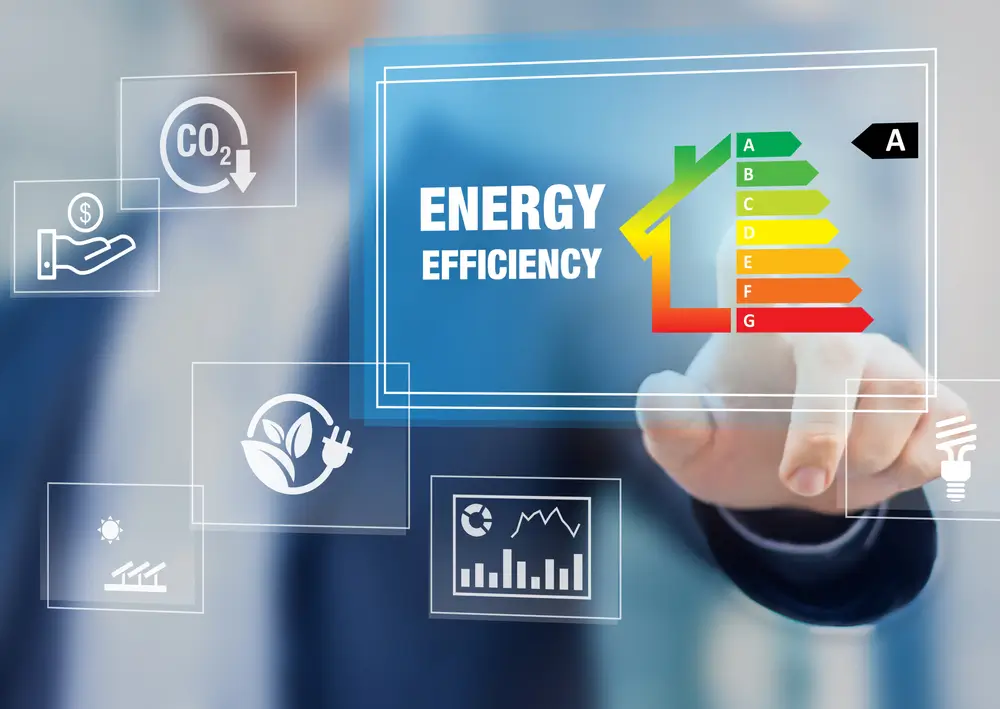
by Carlo Santos | Dec 5, 2024 | Blog
Shopping for a new HVAC system can feel like trying to decode a complex puzzle of numbers and acronyms. SEER 16? EER 12.5? HSPF 8.5? What do these ratings actually mean for your home comfort and energy bills? Let’s break down these important efficiency ratings...
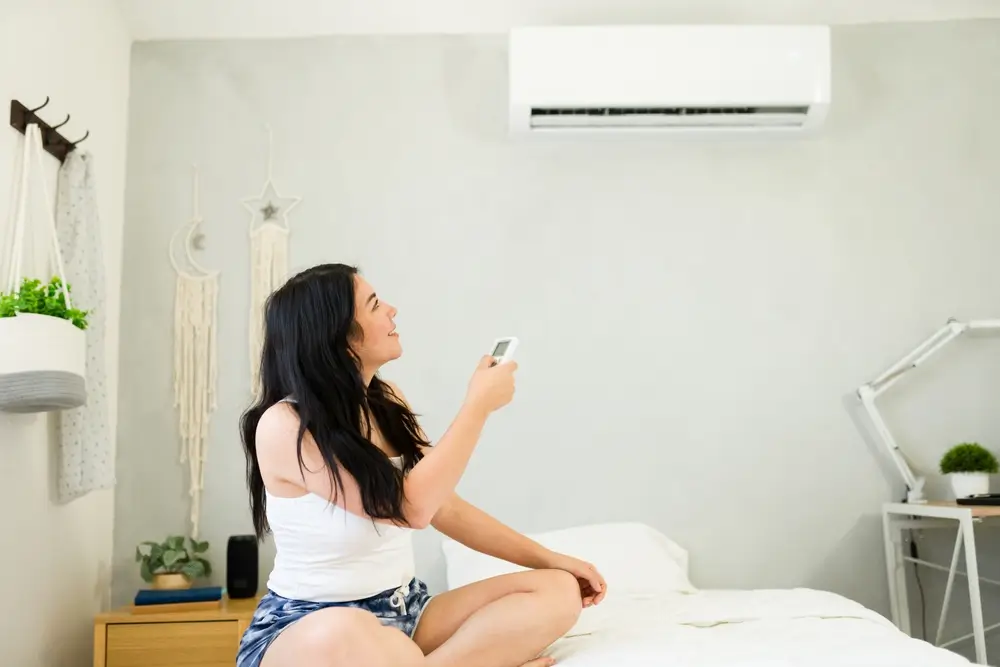
by Carlo Santos | Nov 28, 2024 | Blog
Looking for a flexible, energy-efficient way to heat and cool your space? Mini-split systems might be exactly what you need. Whether you’re adding comfort to a home addition, upgrading an older home without ductwork, or seeking zone-controlled climate solutions,...
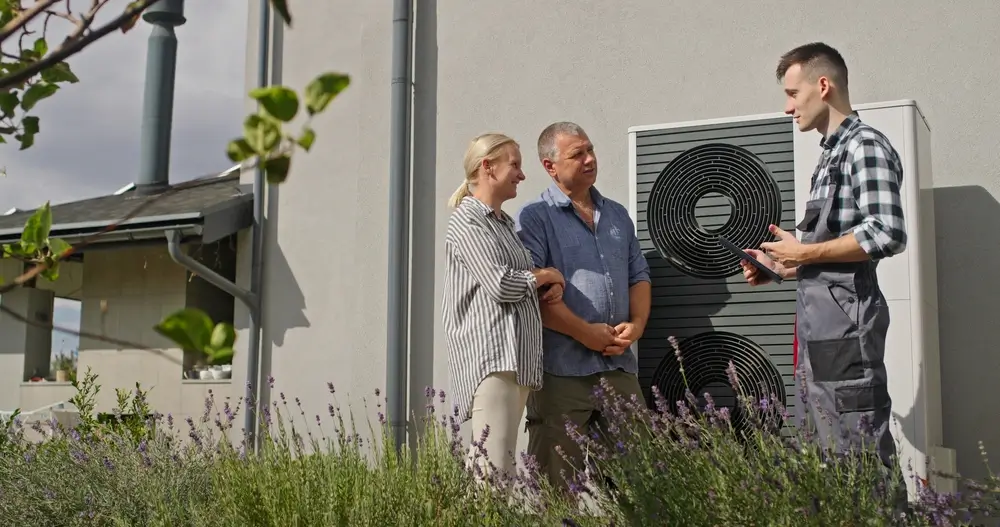
by Carlo Santos | Nov 21, 2024 | Blog
With rising energy costs and increasing focus on environmental impact, many homeowners are weighing their options between heat pumps and traditional AC systems. This comprehensive guide will help you understand the pros, cons, and real costs of each option, enabling...

by Doug Morgan | Nov 14, 2024 | A/C Unit, Air Duct, Blog
Is your aging HVAC system making you nervous about an unexpected breakdown? Or perhaps you’re planning ahead for a replacement and want to understand the real costs involved? You’re not alone – thousands of homeowners face this decision each year, often...
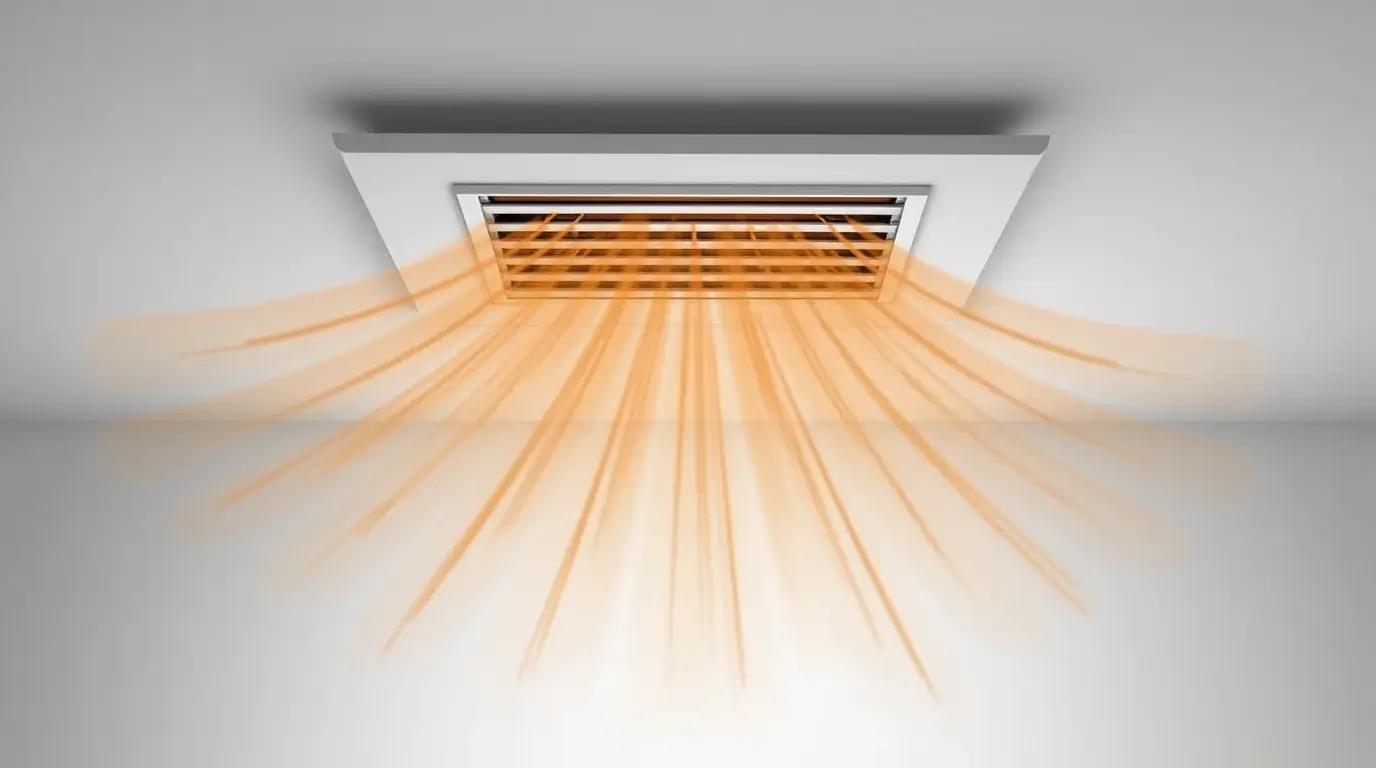
by Carlo Santos | Nov 5, 2024 | Blog
On a scorching summer day, there’s nothing more frustrating than an air conditioning unit that fails to deliver the cooling comfort you need. When your AC system isn’t performing as expected, you might be tempted to let it run, hoping it will eventually...
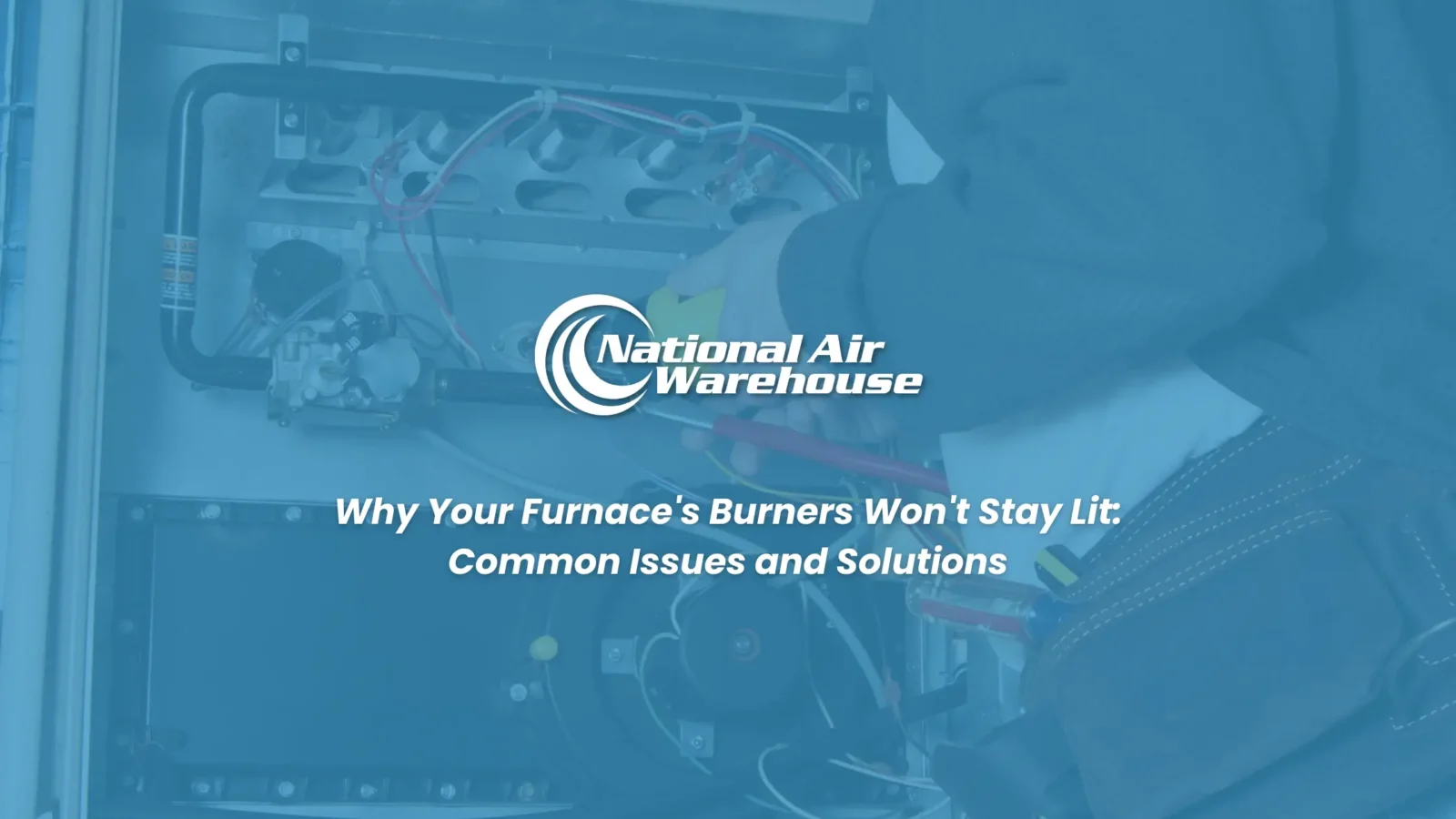
by Carlo Santos | Oct 1, 2024 | Blog
As the chill of winter sets in, a reliable heating system becomes crucial for maintaining a comfortable home environment. Gas furnaces are a popular choice for many homeowners due to their efficiency and effectiveness. However, like all HVAC systems, they can...

by Carlo Santos | Sep 3, 2024 | Blog
Have you ever noticed “aux heat” displayed on your thermostat and wondered what it means? This heat pump thermostat setting indicates that auxiliary heat is being used. But what exactly is auxiliary heat, and when should it be activated? In this...

by Carlo Santos | Mar 6, 2024 | Blog
In the busy world of HVAC and plumbing e-commerce, National Air Warehouse emerges as a beacon of reliability, quality, and unmatched customer satisfaction. This sentiment isn’t just our claim; it’s echoed in the voices of countless customers who’ve...











